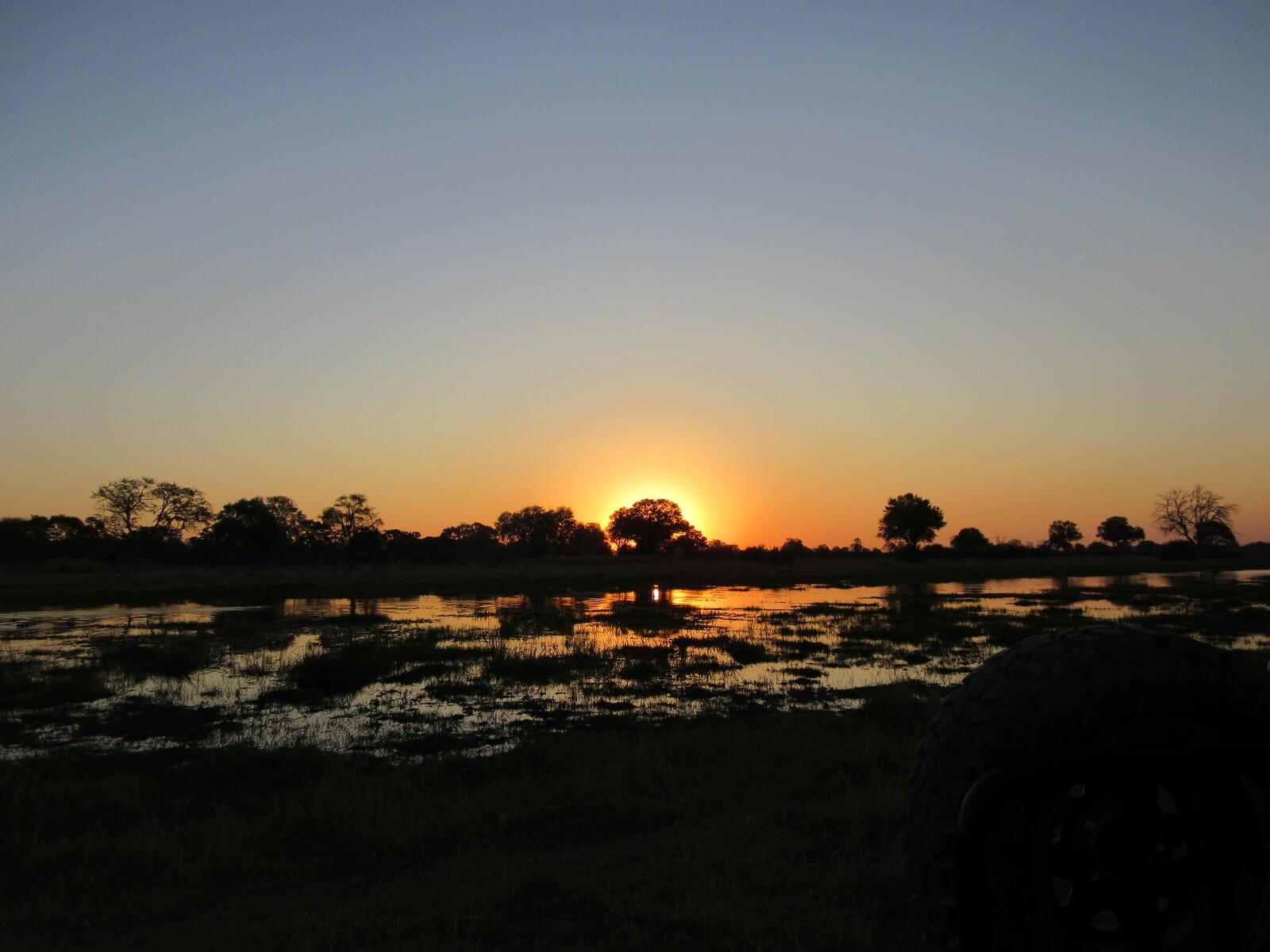2023 March 27
Aurora Over Arctic Henge
* Image Credit & Copyright: Cari Letelier
https://cariletelier.com/about/
Explanation:
Reports of powerful solar flares started a seven-hour quest north to capture modern monuments against an aurora-filled sky. The peaks of iconic Arctic Henge in Raufarhöfn in northern Iceland were already aligned with the stars: some are lined up toward the exact north from one side and toward exact south from the other. The featured image, taken after sunset late last month, looks directly south, but since the composite image covers so much of the sky, the north star Polaris is actually visible at the very top of the frame. Also visible are familiar constellations including the Great Bear (Ursa Major) on the left, and the Hunter (Orion) on the lower right. The quest was successful. The sky lit up dramatically with bright and memorable auroras that shimmered with amazing colors including red, pink, yellow, and green -- sometimes several at once.
https://apod.nasa.gov/apod/ap230327.html
#space #earth #aurora #astrophotography #photography #NASA #science #nature

2023 July 4
Aurora over Icelandic Waterfall
* Image Credit & Copyright: Cari Letelier
https://www.instagram.com/cariletelier/
Explanation:
It seemed like the sky exploded. The original idea was to photograph an aurora over a waterfall. After waiting for hours under opaque clouds, though, hope was running out. Others left. Then, unexpectedly, the clouds moved away. Suddenly, particles from a large solar magnetic storm were visible impacting the Earth's upper atmosphere with full effect. The night sky filled with colors and motion in a thrilling auroral display. Struggling to steady the camera from high Earthly winds, the 34 exposures that compose the featured image were taken. The resulting featured composite image shows the photogenic Godafoss (Goðafoss) waterfall in northern Iceland in front of a very active aurora in late February. The solar surface explosion that expelled the energetic particles occurred a few days before. Our Sun is showing an impressive amount of surface activity as it approaches solar maximum, indicating that more impressive auroras are likely to appear in Earth's northern and southern sky over the next few years.
https://apod.nasa.gov/apod/ap230704.html
#space #earth #aurora #astrophotography #photography #NASA #science #nature

Ein etwas anderer Blick auf St. Paul´s Cathedral in London.
#photography #london
Curious and playful dolphins spotted during a whale watching tour just off the coast of Auckland, New Zealand.
#animal #animals #nature #wildflife #ocean #sea #whalewatching #dolphin #dolphins #waves #blue #travel #adventure #photography #travelphotography #animalphotography #wildlifephotography #naturephotography #goexplore #auckland #northisland #newzealand
"Would you like to see more auroras from orbit? Then go through this gate"
Auroras Seen from Orbit
The International Space Station orbits roughly 250 miles (400 km) above Earth's surface. At that height, astronauts regularly fly over (and sometimes through!) brilliant auroral displays. Many astronauts document their auroral experiences with photos and videos, but did you know the space station has high-definition cameras on board? Photos and time-lapses are uploaded regularly to NASA's online Gateway to Astronaut Photography of Earth.
https://eol.jsc.nasa.gov/
!>> https://eol.jsc.nasa.gov/beyondthephotography/crewearthobservationsvideos/Aurora.htm
#space #earth #aurora #astrophotography #photography #NASA #science #nature
#flowers #macro #bloemenFotografie #flowersAndMacro #bloemen #blumen #fleurs #bloomScrolling #baarn #captureone
2024 May 20
Aurora Dome Sky
* Image Credit & Copyright: Xuecheng Liu & Yuxuan Liu
Explanation:
It seemed like night, but part of the sky glowed purple. It was the now famous night of May 10, 2024, when people over much of the world reported beautiful aurora-filled skies. The featured image was captured this night during early morning hours from Arlington, Wisconsin, USA. The panorama is a composite of several 6-second exposures covering two thirds of the visible sky, with north in the center, and processed to heighten the colors and remove electrical wires. The photographer (in the foreground) reported that the aurora appeared to flow from a point overhead but illuminated the sky only toward the north. The aurora's energetic particles originated from CMEs ejected from our Sun over sunspot AR 3664 a few days before. This large active region rotated to the far side of the Sun last week, but may well survive to rotate back toward the Earth next week.
https://apod.nasa.gov/apod/ap240520.html
#space #earth #aurora #astrophotography #photography #NASA #science #nature

Today is #WorldOceansDay! As someone who lives in a land-locked province in the middle of Canada, I marvel every time I set foot in ocean waters. Each is so diverse, both upon the shores and in the depths. And whenever I listen to the ocean, my breathing aligns with its ebbs and flows, reminding me that like every other aspect of nature, we are connected. How I care for the ocean is how I care for myself.
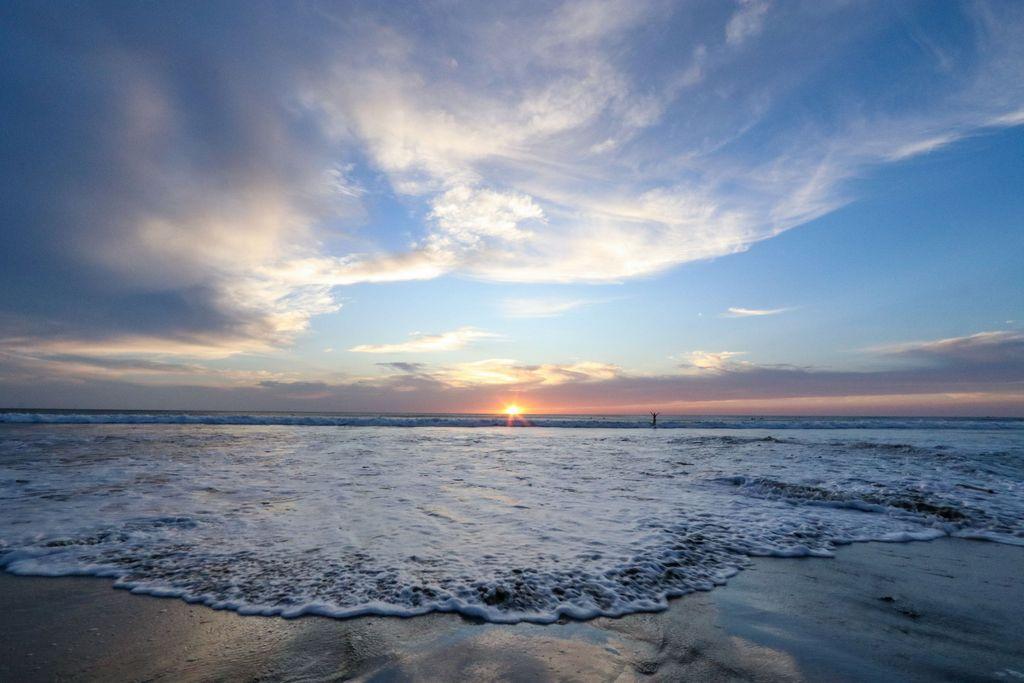
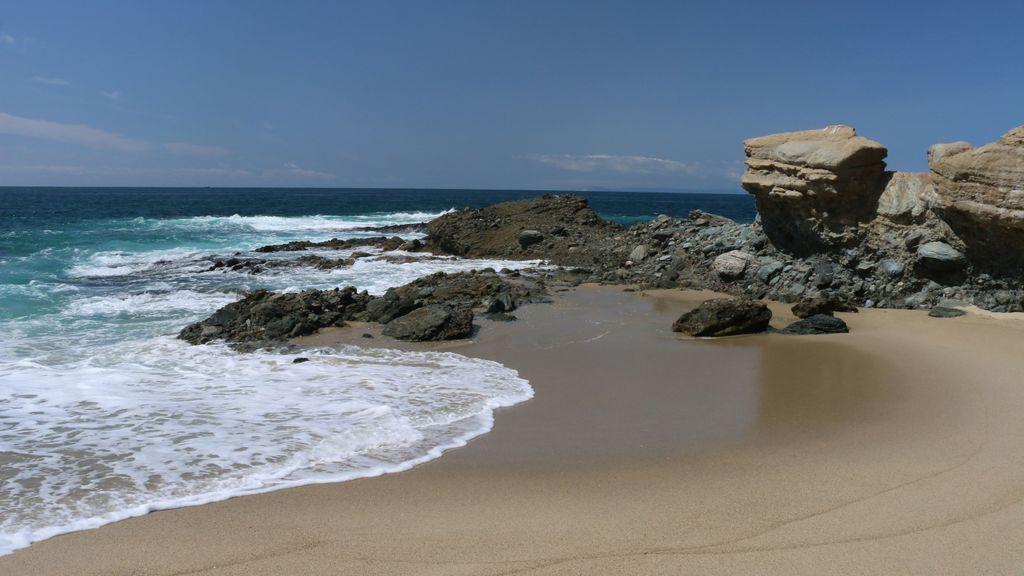
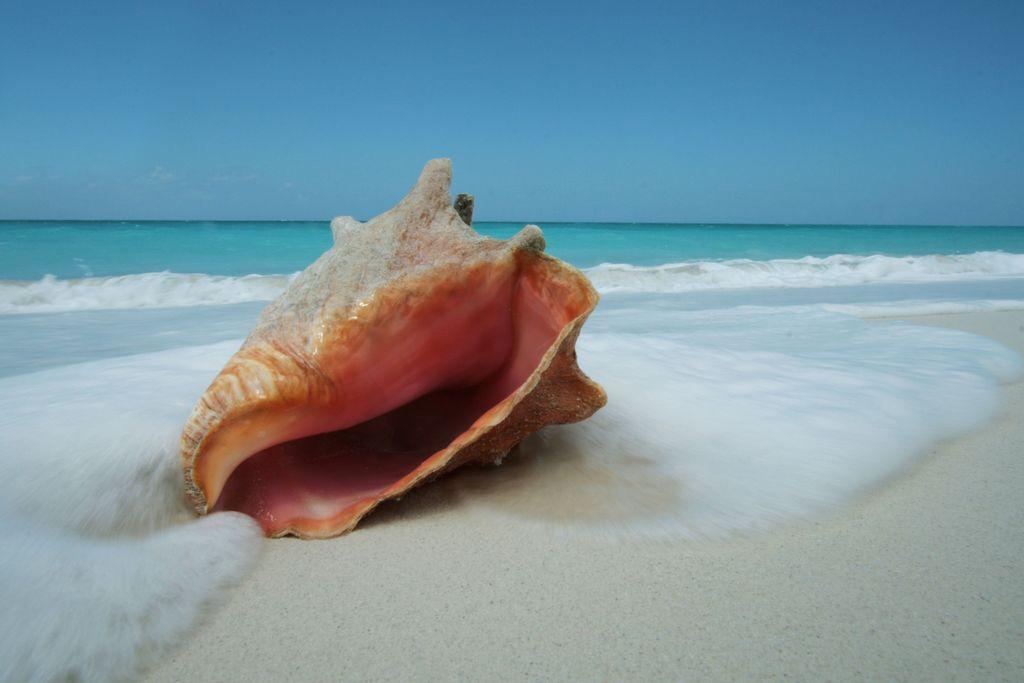
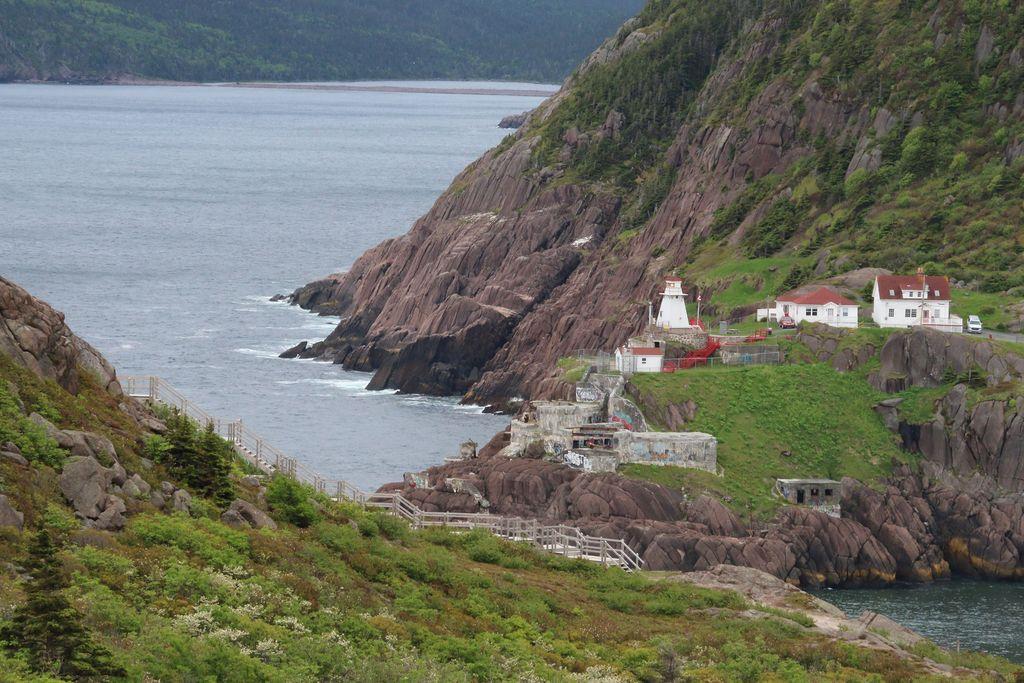
So many Egrets flying around the reserve today.
#nature #birds #Wildlife #photography #NaturePhotography #BirdPhotography #BirdsOfMastodon #UK #BirdScrolling
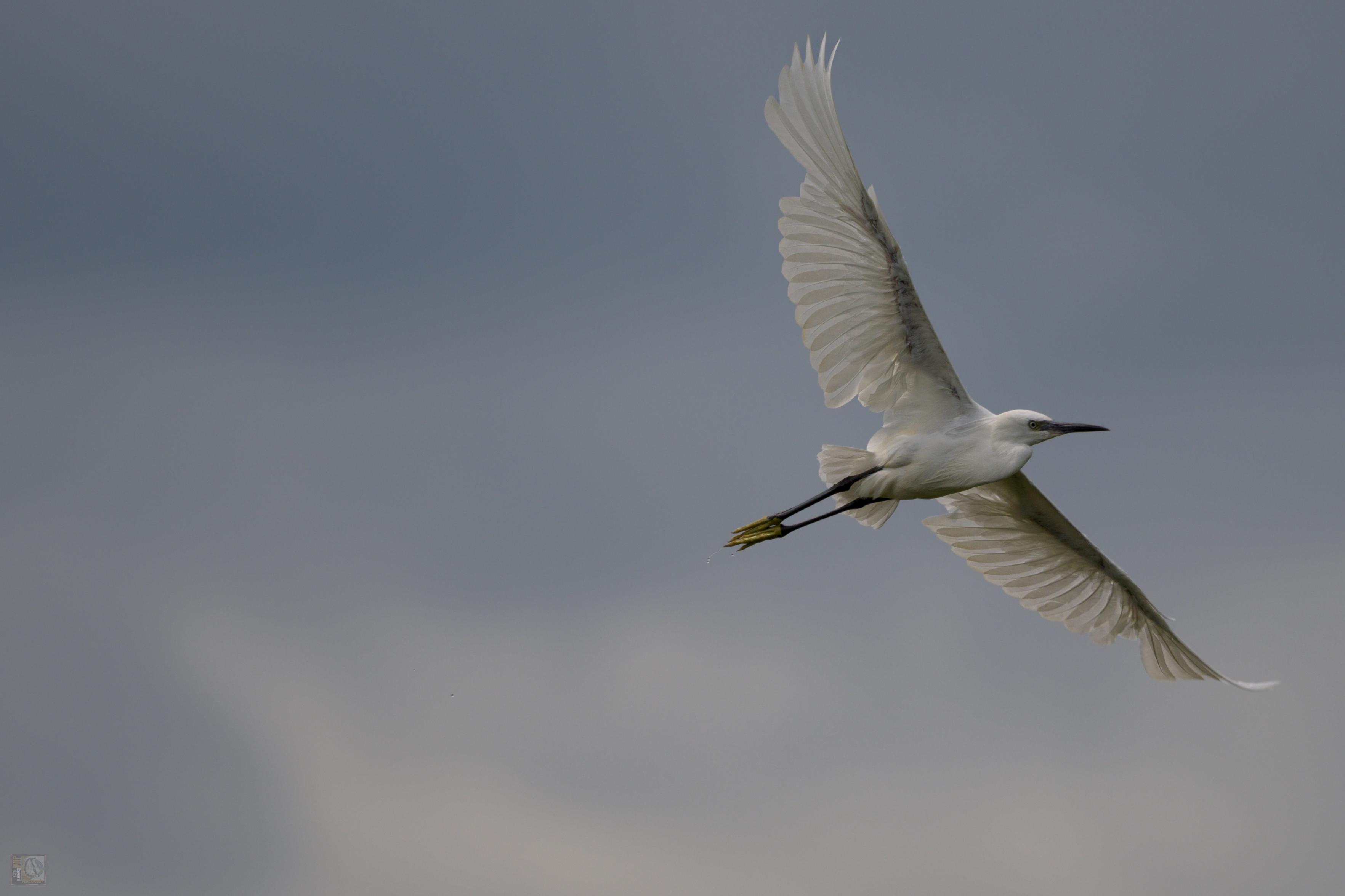
Saintly Sunday…
sensitive media

A long-time dream of mine - photographing fox kits - has been fulfilled! (I'd never even seen fox kits before!) #photography #foxes #foxkits
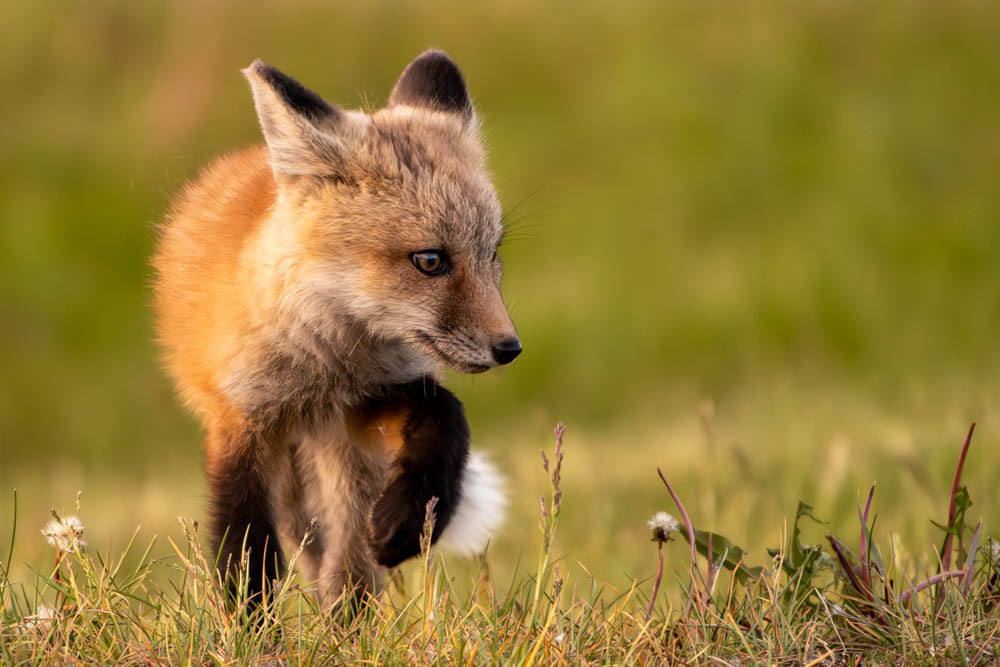
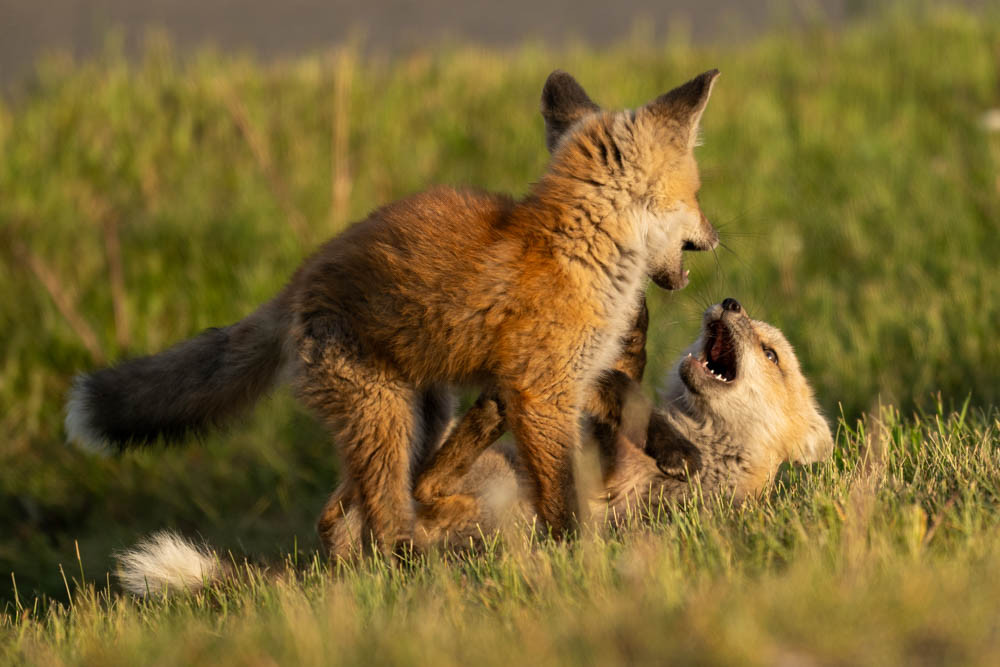
2024 May 17
Aurora Banks Peninsula
* Image Credit & Copyright: Kavan Chay
https://www.instagram.com/kchayphotos/
Explanation:
This well-composed composite panoramic view looks due south from Banks Peninsula near Christchurch on New Zealand's South Island. The base of a tower-like rocky sea stack is awash in the foreground, with stars of the Southern Cross at the top of the frame and planet Earth's south celestial pole near center. Still, captured on May 11, vibrant aurora australis dominate the starry southern sea and skyscape. The shimmering southern lights were part of extensive auroral displays that entertained skywatchers in northern and southern hemispheres around planet Earth, caused by intense geomagnetic storms. The extreme spaceweather was triggered by the impact of coronal mass ejections launched from powerful solar active region AR 3664.
https://spaceweather.com/
https://science.nasa.gov/blogs/solar-cycle-25/
#space #earth #aurora #astrophotography #photography #NASA #science #nature





